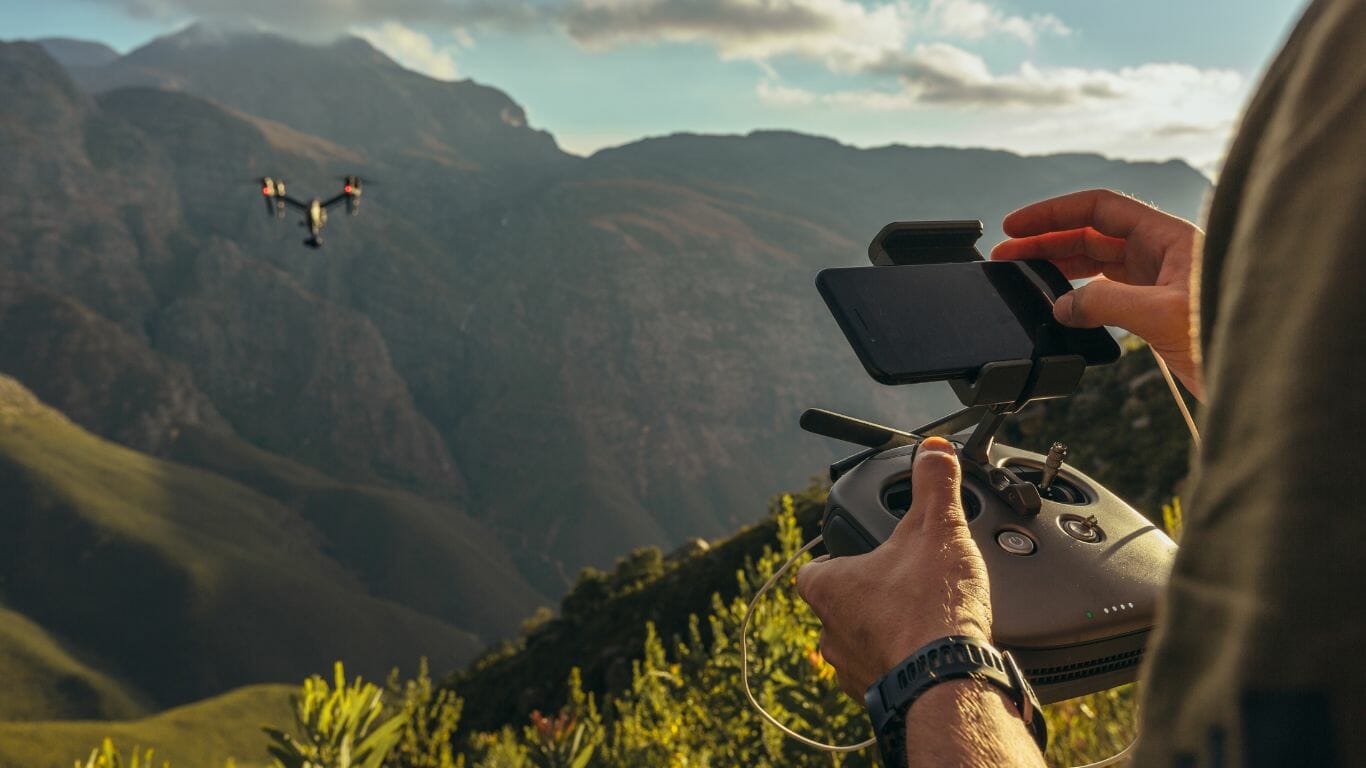Drones have rapidly evolved from mere toys to valuable tools across various industries. Their uses range from scientific research and delivery services all the way to aerial photography and spying. However, a common concern among drone enthusiasts and professionals alike is whether these unmanned aircraft can operate safely in adverse weather conditions, particularly in the rain. In this article, we’ll explore the question: Can drones fly in the rain?
Can Drones Fly in Rain?
Drones, or Unmanned Aerial Vehicles (UAVs), have revolutionized industries such as agriculture, filmmaking, and emergency response. However, the question of whether drones can effectively operate in rainy conditions remains a subject of debate.
Quick Answer
No, drones can fly in light rain or drizzle, but it’s generally not recommended to fly them in heavy rain or storms. Modern drones are often equipped with weather-resistant features and coatings that can protect them from light moisture.
However, excessive water exposure can damage sensitive electronics and compromise the drone’s performance and safety. If you do choose to fly a drone in rain, it’s essential to exercise caution, maintain a low altitude, and avoid harsh weather conditions to ensure the safety and longevity of the drone.
Understanding Drone Technology
Modern drones are equipped with advanced technology, including GPS, obstacle detection sensors, and stabilization systems. These features allow them to navigate through varying terrains and environments. However, rain presents a unique challenge due to the potential damage water can cause to sensitive electronics.
Challenges Posed by Rain
Rain can affect a drone’s performance in several ways. Water can damage the motors, compromise the battery, and interfere with the communication between the drone and the remote controller. Additionally, raindrops on the camera lens can obstruct the drone operator’s view.
Waterproofing and Resistance
Manufacturers have responded to the challenge by developing waterproof drones. These drones are designed to resist water to a certain extent, allowing them to continue functioning in light rain. However, heavy rainfall can still pose risks.
Rainfall Intensity and Drone Operation
The intensity of the rainfall plays a crucial role in determining whether a drone can fly safely. Light drizzles might not significantly affect a drone’s performance, while heavy downpours can lead to reduced visibility and stability, making flight risky.
Rain Sensors and Technology Advancements
Recent technological advancements include rain sensors that can detect the presence of raindrops and adjust the drone’s flight patterns accordingly. These sensors enhance safety by preventing drones from flying into heavy rain areas.
Safety Precautions and Best Practices
Certain precautions are essential for those who need to fly drones in potentially rainy conditions. Regular maintenance, protective casings, and choosing the right weather conditions are all factors that contribute to a safer flight.
Real-World Applications
Despite the challenges, there are scenarios where flying drones in the rain is necessary. Search and rescue missions, environmental monitoring, and agricultural inspections are examples of situations where drones can provide critical data even during inclement weather.
Future Developments
As drone technology continues to advance, we can expect further improvements in waterproofing, rain detection, and overall weather resistance. These developments will likely expand the possibilities of using drones in a wider range of weather conditions.
Conclusion
In conclusion, while drones can operate in light rain and are becoming more resistant to water damage, flying them in heavy rainfall requires careful consideration. Technological advancements and safety measures allow drones to navigate rainy conditions, but operators must still exercise caution.
FAQs
How do drones handle heavy rainfall?
Drones equipped with waterproofing features and rain sensors can handle light rain, but heavy rainfall can still pose challenges to their performance.
Can drones fly in thunderstorms?
Flying drones in thunderstorms is not recommended due to the potential dangers posed by lightning and strong winds.
Are there any drones specifically designed for rainy conditions?
Yes, some drones are designed with waterproofing features to withstand light rain and moist environments.
What should I do if my drone gets wet?
If your drone gets wet, it’s crucial to dry it thoroughly before attempting to power it on. Water can damage sensitive components.
Is flying a drone in the rain legal?
Drone regulations vary by region, but flying drones in rainy conditions might not be explicitly prohibited. However, ensuring safety and avoiding potential damage is essential.
